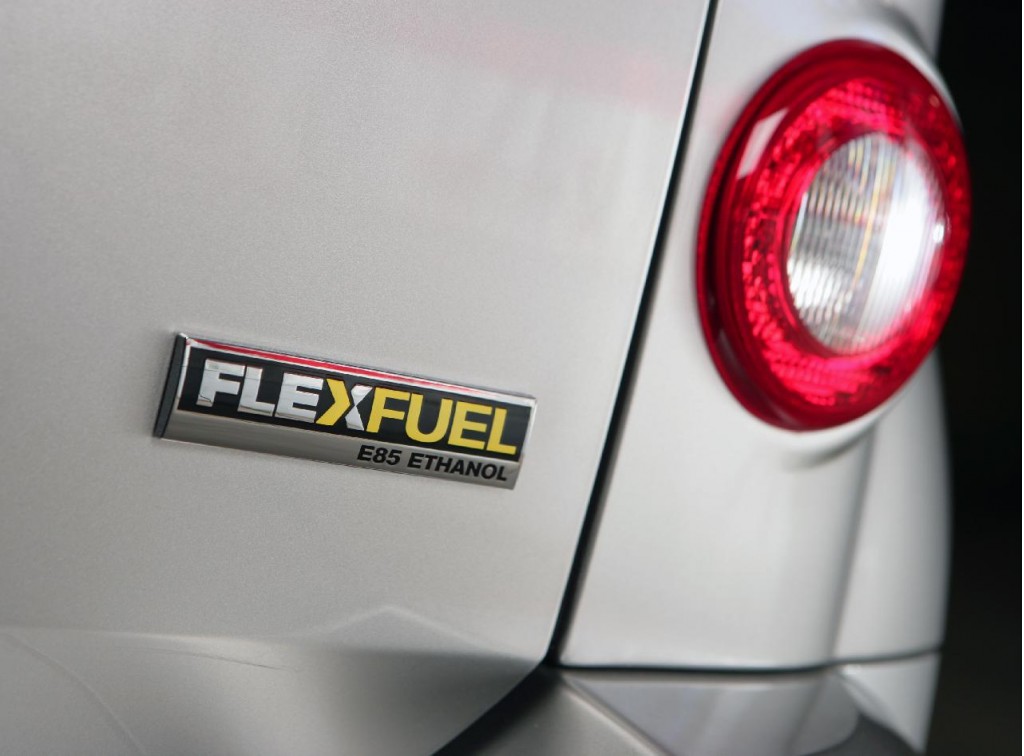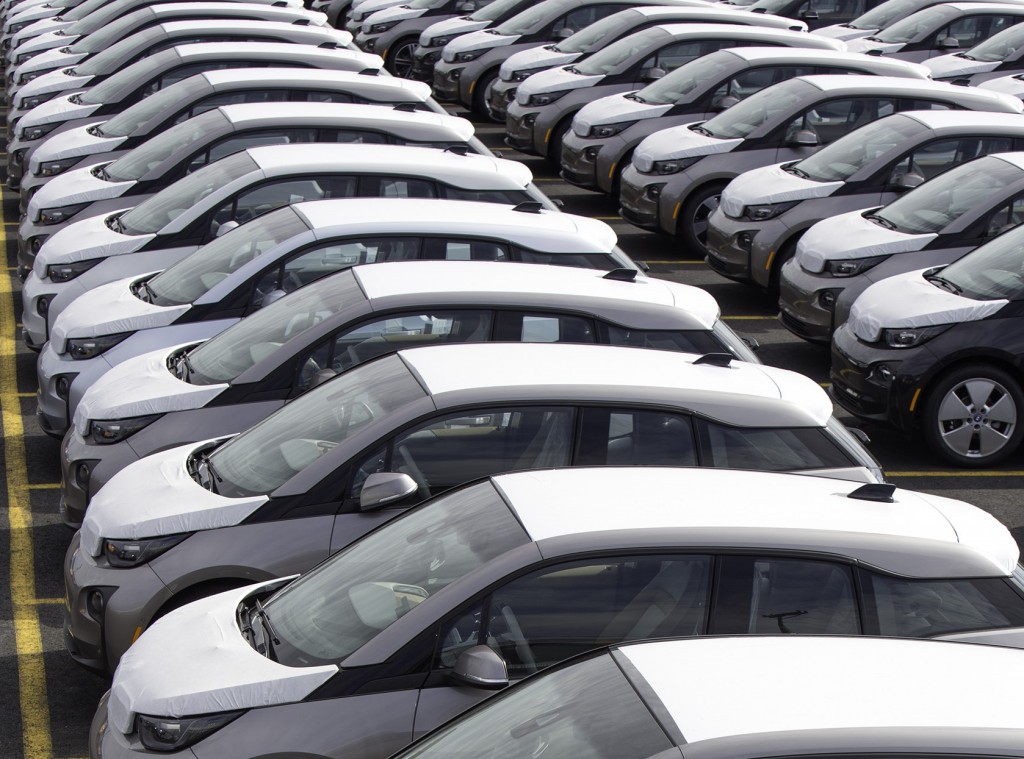Even with aggressive promotion of battery-electric or hydrogen fuel-cell cars, hundreds of millions of internal-combustion vehicles will remain on the world's roads for decades to come.
But estimates of exactly how many internal-combustion cars will be displaced by alternatives in a given period vary wildly.
One alternative-fuels lobbying group thinks that even in 2050, the number of zero-emission vehicles won't be high enough to produce meaningful reduction of carbon emissions.
DON'T MISS: Electric-car market share in 2020: estimates vary widely
The Fuel Freedom Foundation predicts that there will be 3 billion cars on the world's roads by 2050, about half of them powered by internal-combustion engines.
The group hopes we'll conclude from the projection that substantial use of carbon-neutral biofuels is required to reduce transportation-related emissions.
To drive the point home, the Fuel Freedom Foundation created an interactive model in which users can plug in different expected rates of electric-car sales growth.

FlexFuel badge on E85-capable 2009 Chevrolet HHR
The default settings are based on predictions from Bloomberg New Energy Finance (which only extends to 2040), Goldman Sachs, and the International Energy Agency.
All three scenarios show substantial electric-car sales growth over the next few years, with Bloomberg expecting 32-percent annual growth between 2016 and 2020.
In all three cases, though, sales growth gradually tapers off closer to 2050.
ALSO SEE: 1.2 Billion Vehicles On World's Roads Now, 2 Billion By 2035: Report (Jul 2014)
The estimation of 3 billion cars by 2050 is itself open to debate.
The Fuel Freedom Foundation estimates there are 1 billion cars on world roads right now, and in 2014 Navigant Research predicted the total would reach 2 billion by 2035.
The foundation's 3-billion-car total was based on extrapolating the historical growth rate over the past two decades, said its representative Stacy Doss.

2016 BMW i3
From there, the model adds predicted new-car sales to cars already expected to be on the road at a given time, based on a retirement-rate formula from Argonne National Laboratory.
Estimates of electric-car adoption rates vary wildly. A recent study by Imperial College London and Carbon Tracker predicted that electric cars could account for two-thirds of the vehicle market by 2050.
But the fossil-fuel industry remains confident that gasoline and diesel will continue to dominate, with ExxonMobil recently declaring that electric cars would only make up around 10 percent of the U.S. new-car market by 2040.
MORE: Big energy hugely underestimates electric cars, renewable power
Whatever the adoption rates prove to be, the varying estimates and the Fuel Freedom Foundation's model do underscore a crucial point in looking at carbon reduction from personal transport.
That is that it takes decades to change the composition of the global vehicle fleet in a meaningful way.
Consider that catalytic converters first appeared in 1975, but that it took another 20-plus years before they were standard equipment on a majority of new cars—and a decade or more beyond that until the bulk of the global fleet was equipped with them.
_______________________________________________












